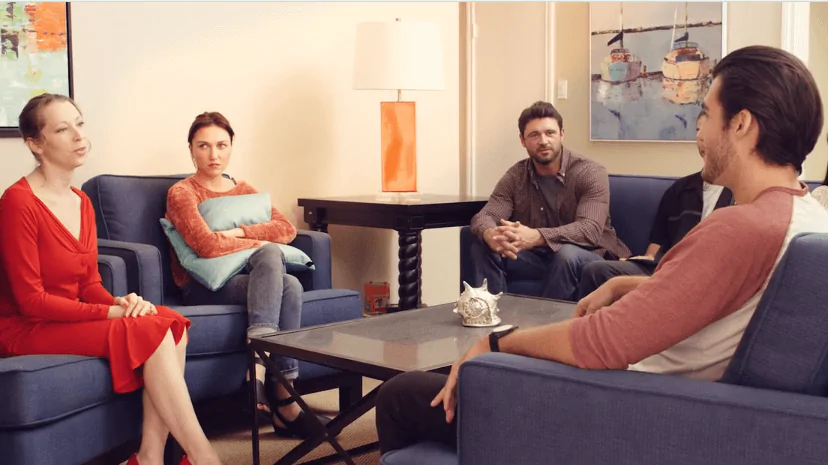24/7 Helpline:
(866) 899-221924/7 Helpline:
(866) 899-2219
Learn more about 12-Step Rehab centers in Blue Eye
12-Step Rehab in Other Cities

Other Insurance Options

Anthem

Amerigroup

Lucent

GEHA

UnitedHealth Group

Access to Recovery (ATR) Voucher

Kaiser Permanente

American Behavioral

Health Partners

Magellan

Choice Care Network

Medical Mutual of Ohio

BHS | Behavioral Health Systems

Self-pay options

Ceridian

Health Net

Absolute Total Care

BlueShield

BlueCross

Oxford












